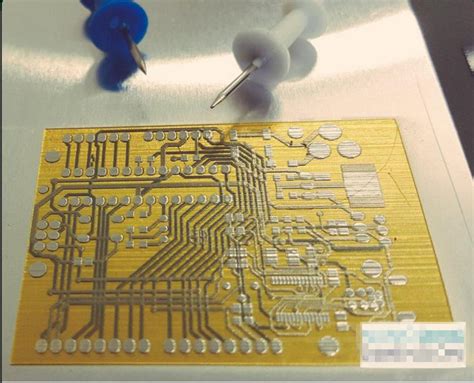
Blog
-
 Read more: Custom PCB Printing-6 Things You Should Pay Special Attention
Read more: Custom PCB Printing-6 Things You Should Pay Special AttentionIntroduction to PCB Printing Printed Circuit Boards (PCBs) are the backbone of modern electronics. They provide a platform for components to be mounted and connected, forming a complete electronic circuit. PCB printing is the process of creating these boards, which involves several steps and requires careful attention to detail. In […]
-
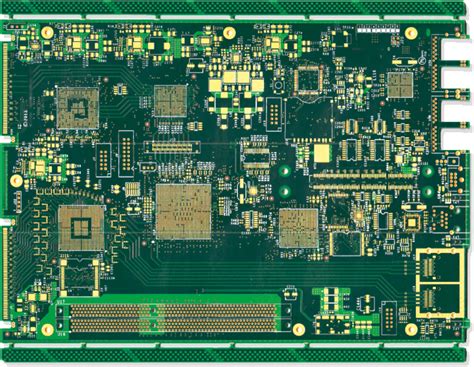 Read more: How To Determine the Number of Layers of Multilayer PCB?
Read more: How To Determine the Number of Layers of Multilayer PCB?What is a Multilayer PCB? A Multilayer PCB, also known as a multilayer printed circuit board, is a type of printed circuit board that consists of multiple layers of conductive copper foil laminated together with insulating materials. These layers are interconnected through plated through-holes (PTHs) or via holes, allowing for […]
-
Rocket EMS Adds Large BGA Rework Capability
Posted by
–
 Read more: Rocket EMS Adds Large BGA Rework Capability
Read more: Rocket EMS Adds Large BGA Rework CapabilityIntroduction to BGA Rework Ball Grid Array (BGA) is an advanced semiconductor packaging technology that uses a grid of solder balls to connect the integrated circuit (IC) to the printed circuit board (PCB). BGA packages offer numerous advantages over traditional through-hole and surface-mount packages, including: Higher pin density Smaller footprint […]
-
BGA Rework Companies
Posted by
–
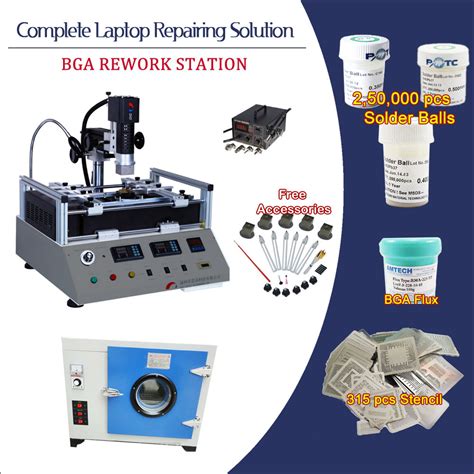 Read more: BGA Rework Companies
Read more: BGA Rework CompaniesWhat is BGA Rework? BGA rework is the process of removing and replacing BGA components on a printed circuit board (PCB) without damaging the board or surrounding components. This intricate process requires specialized equipment, skilled technicians, and strict adherence to industry standards to ensure successful results. Common Reasons for BGA […]
-
Rogers 4003 PCB manufacturing and assemble
Posted by
–
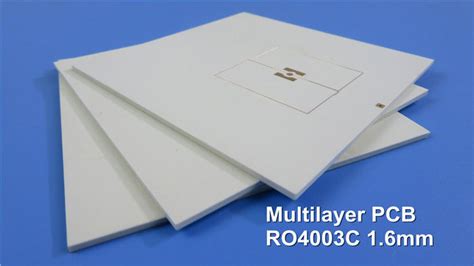 Read more: Rogers 4003 PCB manufacturing and assemble
Read more: Rogers 4003 PCB manufacturing and assembleIntroduction to Rogers 4003 PCB Material Rogers 4003 is a high-performance printed circuit board (PCB) material widely used in the electronics industry for its excellent electrical and mechanical properties. This hydrocarbon ceramic laminate is designed to provide superior performance in high-frequency applications, making it an ideal choice for the fabrication […]
-
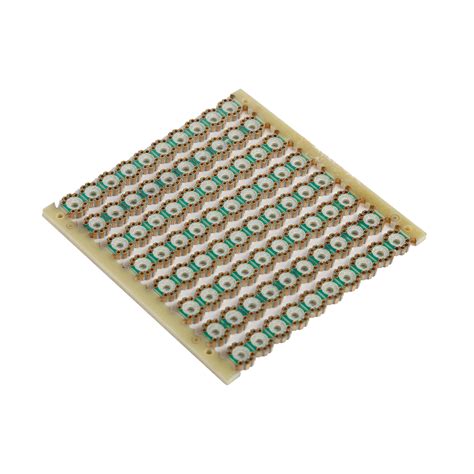 Read more: Castellated PCB: An Excellent Way to Assemble Boards
Read more: Castellated PCB: An Excellent Way to Assemble BoardsIntroduction to Castellated PCBs Castellated PCBs, also known as castellated hole PCBs or castellations, have become increasingly popular in the electronics industry due to their versatility and ease of assembly. These PCBs feature small, semi-circular holes or slots along the edges, resembling the battlements of a castle, hence the name […]
-
What is BGA Reballing?
Posted by
–
 Read more: What is BGA Reballing?
Read more: What is BGA Reballing?Understanding BGA Packages Before we dive into the reballing process, it’s essential to understand what a BGA package is. A BGA is a type of surface-mount packaging used for integrated circuits (ICs). It consists of a rectangular or square package with a grid of solder balls on the bottom. These […]
-
 Read more: What is BGA Reballing? Why does Ball Grid Array require Reballing?
Read more: What is BGA Reballing? Why does Ball Grid Array require Reballing?What is a BGA chip? A Ball Grid Array (BGA) is a type of surface-mount packaging used for integrated circuits. The bottom of a BGA chip features a grid of solder balls that connect to contact pads on a printed circuit board (PCB). This packaging allows for a high density […]
-
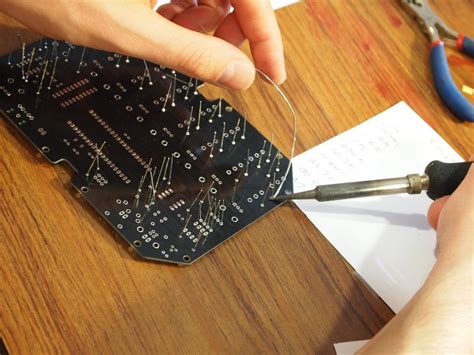 Read more: PCB Chip Package Soldering Method and Process Flow
Read more: PCB Chip Package Soldering Method and Process FlowIntroduction to PCB Soldering PCB (Printed Circuit Board) soldering is a crucial process in the manufacturing of electronic devices. It involves the attachment of various components, including chip packages, to the surface of a PCB using solder, a metal alloy that melts at a relatively low temperature. Proper soldering ensures […]
-
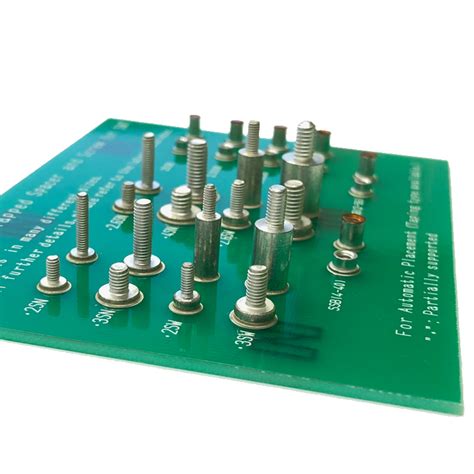 Read more: PCB Assembly Process-9 Tips On How To Ensure a Smooth PCB Assembly Process
Read more: PCB Assembly Process-9 Tips On How To Ensure a Smooth PCB Assembly Process1. Choose the Right PCB Design Software Selecting the appropriate PCB design software is crucial for creating accurate and efficient PCB layouts. Consider factors such as ease of use, compatibility with your existing tools, and the availability of libraries and components. Some popular PCB design software options include: Software Manufacturer […]




